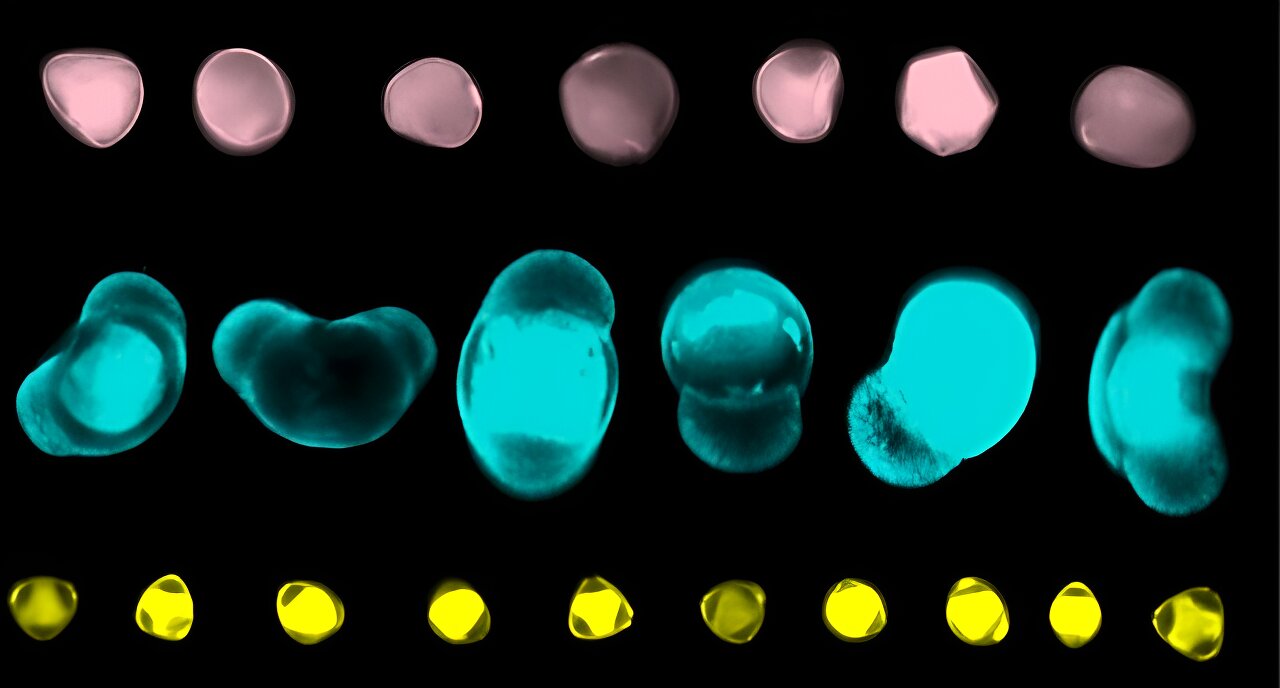An emerging system which combines rapid imaging with artificial intelligence could help scientists build a comprehensive picture of present and historic environmental change—by swiftly and accurately analyzing pollen.
Pollen grains from different plant species are unique and identifiable based on their shape. Analyzing which pollen grains are captured in samples such as sediment cores from lakes helps scientists understand which plants were thriving at any given point in history, potentially dating back thousands to millions of years.
Up to now, scientists have manually counted pollen types in sediments or from air samples using a light microscope—a specialized and time-consuming task.
Now, scientists at the University of Exeter and Swansea University are combining cutting-edge technologies including imaging flow cytometry and artificial intelligence to build a system capable of identifying and categorizing pollen at much faster rates.
As well as building a fuller picture of past flora, the team hope the technology could one day be applied to more accurate pollen readings in today’s environment, which may help provide hay fever sufferers to mitigate symptoms. The paper is titled “Deductive Automated Pollen Classification in Environmental samples via Exploratory Deep Learning and Imaging Flow Cytometry”, and is published in New Phytologist.
2023-09-08 08:00:03
Link from phys.org
